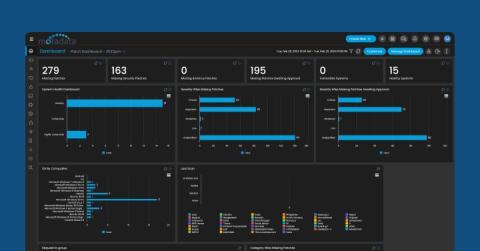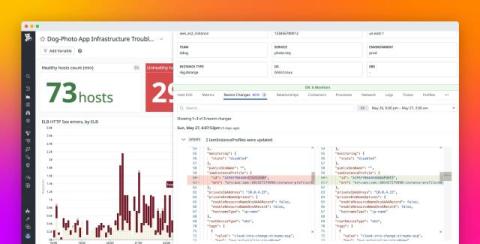Alert Intelligence - 11 Tips for Smarter Alert Management
Alert fatigue is the enemy of effective Incident Response. Traditional alert management systems generate a constant stream of notifications, making it difficult for IT operations teams to distinguish critical issues from noise. This leads to: These challenges demand a new approach. Alert intelligence. Alert Intelligence offers a sophisticated solution that leverages machine learning and advanced algorithms to transform alert management.











